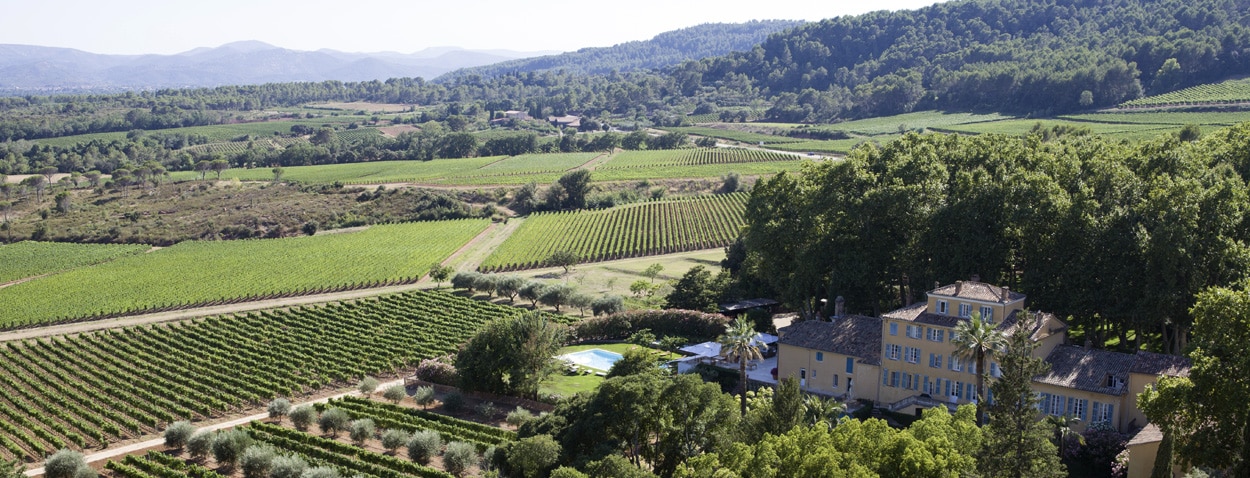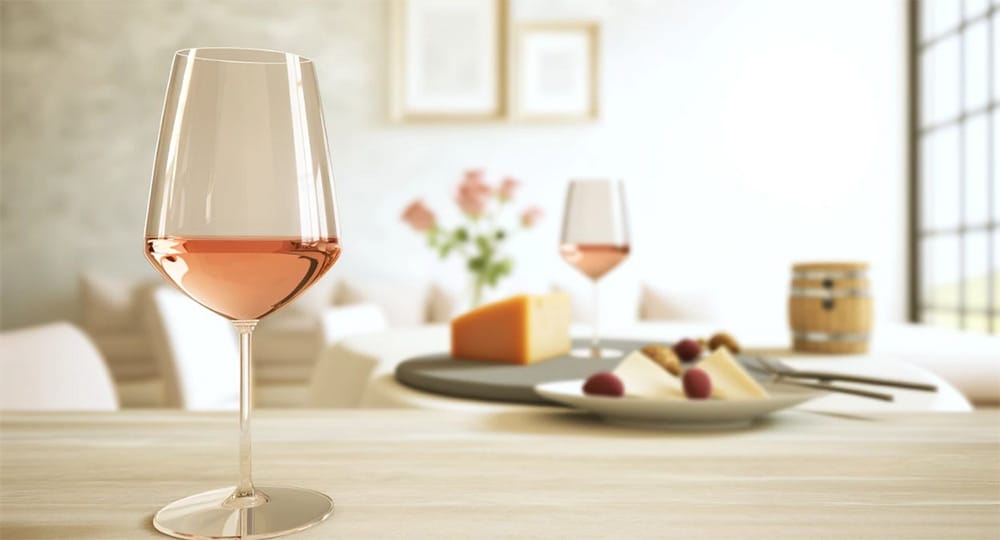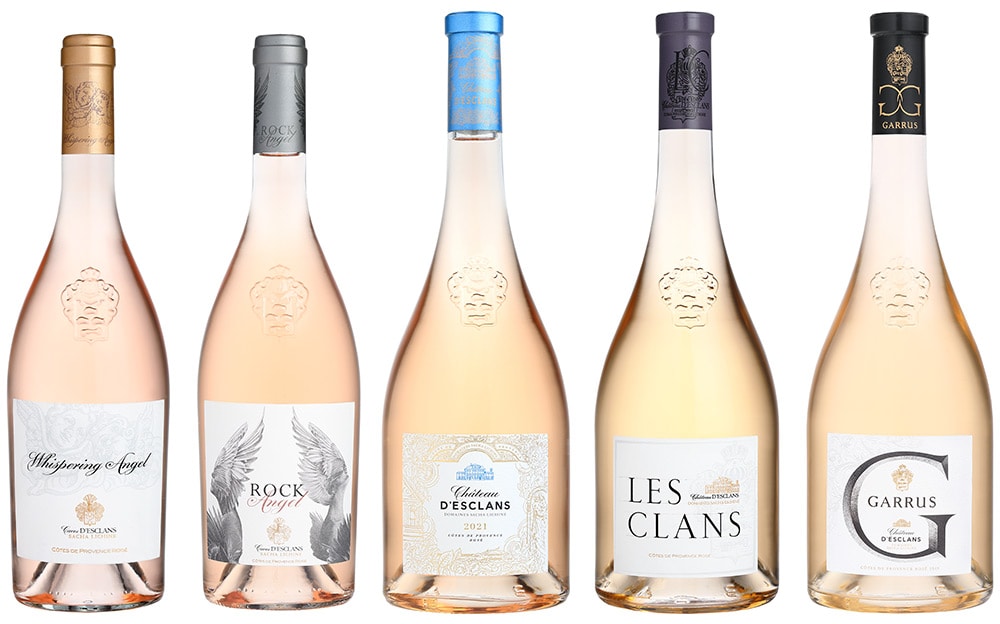Portal Brazil


Pairing tips for rosé wines
Exploring wine pairing can completely transform the dining experience, elevating both the dish and the drink chosen.
When it comes to rosé wine , versatility is its trademark, capable of accompanying a wide range of dishes and occasions.
Rosé wine stands out for its lightness and freshness, characteristics that make it perfect for pairing with foods with a delicate to moderately intense flavor.
Tips for Pairing Rosé Wine
Ideal Dishes for Rosé Win
Rosé wines are known for their ability to pair with a variety of dishes. From light salads and seafood dishes to white meats and mild cheeses, the pairing can be surprisingly broad. A key aspect for successful pairing is considering the aromatic profile and structure of the chosen rosé wine.
For example, a rosé from Provence, famous for its subtlety and floral notes, pairs wonderfully with fresh salads or lightly seasoned fish dishes. A fuller-bodied rosé, perhaps from the Tavel region in France, can support dishes with more intense flavors, such as grilled white meats or Mediterranean dishes.
Cheeses and Rosé Wine: A Versatile Combination
The choice of cheese to accompany your rosé wine can vary widely depending on the strength and style of the wine. Fresh, soft cheeses, such as Brie or Camembert, complement the lightness and freshness of more subtle rosés. On the other hand, cheeses with more striking flavors, such as feta or even chèvre, can enhance the attributes of a more robust rosé.
It is important to note that the serving temperature of the wine also influences the pairing experience. A rosé wine served slightly chilled, around 8-10°C, will best reveal its qualities, providing a refreshing contrast to the richness of creamy cheeses or the saltiness of marine appetizers.
Considering these aspects, pairing rosé wines is not limited to rigid rules, but rather to experimentation and balance between the flavors of the dish and the wine. Whether for an elegant dinner or a casual picnic, rosé wine offers endless pairing possibilities, capable of pleasing different palates.

FAQs – Frequently Asked Questions
What does rosé wine taste like?
The flavor of rosé wine is remarkably diverse, varying significantly depending on the grape used, the terroir and the production method. In general, rosé wines are characterized by their lightness and freshness, with a delicate balance between acidity and sweetness. Many have fruity and floral notes, including aromas of strawberry, cherry, raspberry and roses, with mineral touches in some examples. This combination of flavors makes rosé wine extremely versatile, suitable for both casual and more formal occasions.
When tasting a rosé wine, it is possible to perceive a complexity that defies the notion that it is a less sophisticated option compared to reds and whites. Its flavor palette, which can range from citrus notes to herbaceous touches, reflects the diversity of winemaking techniques and choices made by the winemaker, providing a unique and pleasant sensorial experience.
What is the difference between red and rosé wine?
The main difference between red wine and rosé lies in the production method, especially the contact time between the grape juice and the skins. Red wines are produced by allowing a longer maceration period, which extracts more tannins, color and flavors from the grape skins. This results in fuller-bodied wines, with greater complexity of flavors and aging potential. Rosé wines are made by limiting this contact, resulting in a lighter color, less tannins and lighter, fruitier flavors, reflecting the essence of freshness.
Another important difference is the versatility in gastronomic pairing. While reds generally pair best with red meat and more robust dishes, rosés have the ability to pair with a wider variety of foods, from light starters to white meats and seafood, thanks to their lightness and balanced aromatic profile.
When do you drink rosé wine?
Rosé wine is exceptionally versatile, suitable for a variety of occasions, from a relaxing outdoor picnic to an elegant dinner party. Its lightness and freshness make it the perfect choice for hot summer days, but its complexity and variety also allow it to be enjoyed all year round. Rosé is ideal for social events, such as parties and receptions, as it tends to be a “democratic” wine, pleasing a wide range of palates.
Furthermore, it is an excellent option for aperitifs or to accompany light meals, such as salads, seafood dishes and mild cheeses. The flexibility of rosé wine, capable of pairing with a variety of dishes, makes it a smart choice for any occasion that requires a sophisticated and accessible drink.
What are the best rosé wines?
The “best” rosé wines depend on personal taste, but some examples stand out on the international scene for their quality and representation. Rosé wines from Provence, France, are widely recognized for their excellence, exhibiting balance, freshness and aromatic subtlety. Brands such as Château d’Esclans (Whispering Angel) is (among) the most prestigious.
In addition to France, regions such as Spain, Italy and the United States also produce high-quality rosés. In Spain, rosés from Navarra offer excellent value for money, while in Italy, rosés from Tuscany and Sicily enchant with their personality. In the United States, the highlight is California rosés, which combine innovation and tradition. Choosing the best rosé wine should consider the desired flavor profile and the occasion, encouraging experimentation and personal discovery.
Summary
Variety of Flavors : Rosé wine has fruity and floral notes, such as strawberry, cherry, raspberry, and roses
Versatile Pairing : Ideal for light dishes, seafood, white meats and cheeses.
Key Differences : Less skin contact time differentiates rosé from reds, resulting in fewer tannins and lighter flavors.
Consumption Occasions : Perfect for any occasion, from casual picnics to elegant dinners.
Recommendations : Wines from Provence, Château d’Esclans stand out for its quality.







